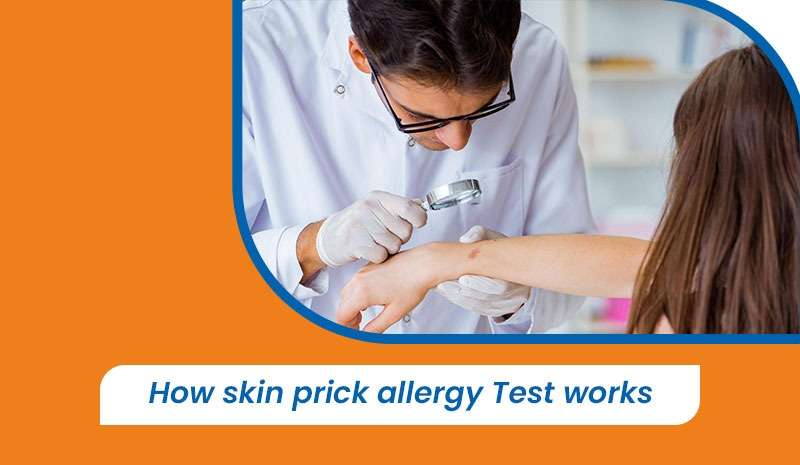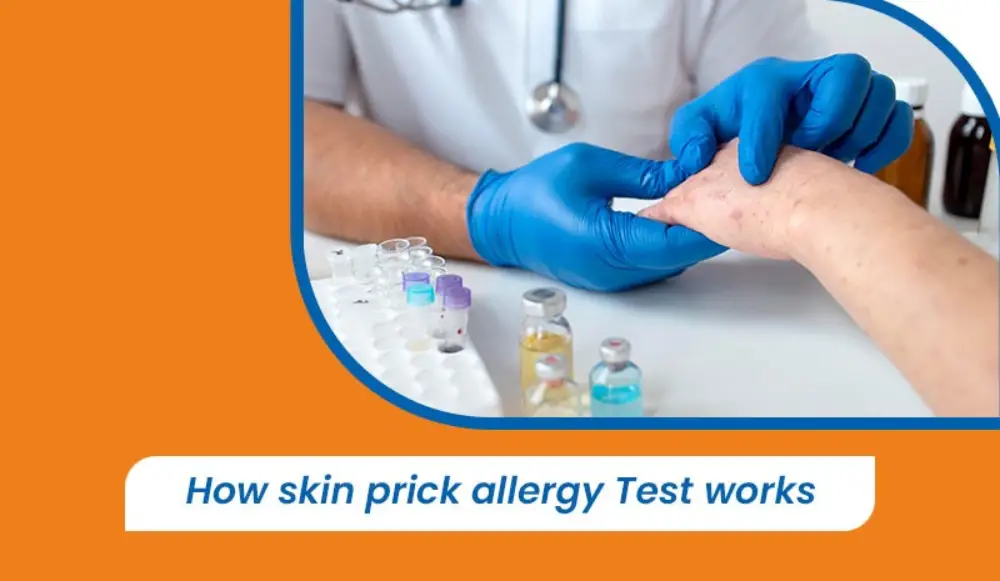Allergies are annoying and even incapacitating, but testing is the relief solution. A skin prick allergy test is fast, easy, and efficient in determining allergens that may be causing your symptoms. If you are in Ahmedabad and thinking of undergoing the test, this article will walk you through it, from preparation to interpreting your test results.
How Skin Prick Allergy Tests Work: A Comprehensive Guide
What Is a Skin Prick Allergy Test?
Skin prick allergy test is a diagnostic tool for allergy to specific agents such as pollen, dust mites, animal dander, mold, or foods. Tiny amounts of the allergens are put on the skin, followed by observing the body’s response later.
Who Should Get a Skin Prick Allergy Test?
This test is recommended for individuals who experience:
- Frequent sneezing, runny nose, or nasal congestion
- Skin rashes or itching
- Breathing difficulties
- Unexplained digestive issues
- Suspected allergic reactions to food, insect bites, or medications
Preparing for the Test
Before undergoing a skin prick allergy test, you may need to:
- Stop taking antihistamines and allergy medications as advised by your doctor
- Inform the doctor about any ongoing medical conditions or medications
- Avoid applying lotions or creams to the test area (usually the forearm or back)

Step-by-Step Process of a Skin Prick Allergy Test
- Cleansing the Skin
The physician will sanitize the area to be tested, usually the upper arm or the forearm, for accurate results.
- Marking the Test Sites
You will have small marks put on your skin to identify where each allergen will be given.
- Applying Allergens
A minute quantity of each allergen is dropped on the designated areas with the help of a fine lancet. The device punctures the epidermis gently, and the allergen is introduced below the skin level.
- Monitoring the Reaction
You will be kept waiting for about 15-20 minutes while the doctor observes your skin for signs of any allergic reactions, i.e., redness or swelling.
- Interpreting the Results
The development of a red, pruritic elevation (wheal) in the test location indicates a positive response to the specific allergen. Larger wheals are normally associated with more severe allergic responses.
What Happens After the Test?
Once the test is complete, the doctor will discuss your results and recommend next steps, such as:
- Avoidance strategies for identified allergens
- Medications like antihistamines or nasal sprays
- Immunotherapy (allergy shots) if necessary
Where to Get a Skin Prick Allergy Test in Ahmedabad
Ahmedabad has several reputed allergy specialists and diagnostic centers offering skin prick tests. Be sure to choose a certified allergy clinic with experienced professionals for accurate diagnosis and personalized treatment.
 +919979891672
+919979891672 











No Comments